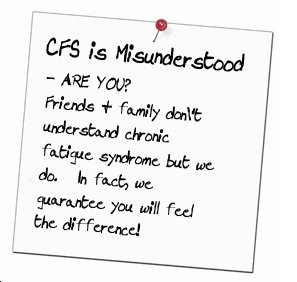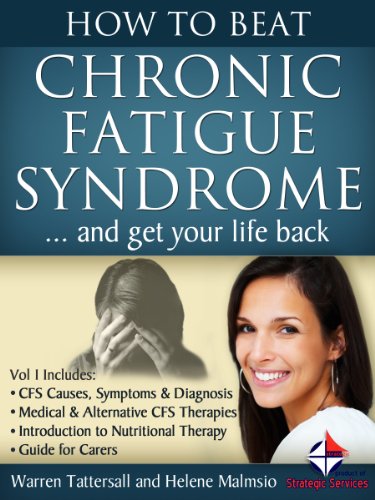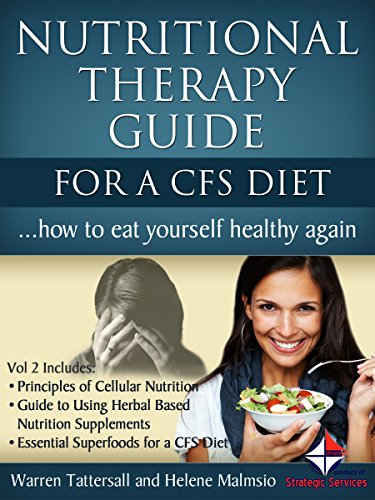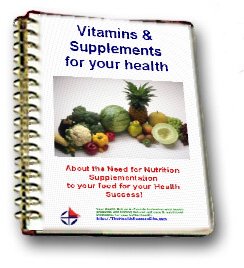Biofeedback as an Effective Stress Management Tool
Biofeedback is a tool and process that can be used to manage stress and other ailments. Biofeedback information is gathered using specialized instruments that measure one or more physiological markers including muscle tone, breathing rate, heart rate, blood pressure, brainwaves, skin temperature, and sweat production.
We experience biofeedback all of the time. For instance, when you watch a scary movie, your hands might become sweaty and your heart rate increases.
If you move your attention away from the movie and think about something pleasant, these physical responses diminish. This is a simple, but valid, example of biofeedback.
Biofeedback provides more precise measurements of these stress-related phenomena. You can literally measure your stress and the effectiveness of stress-reduction techniques.
The best ways for you to manage stress will be different from those of someone else. Biofeedback is really a teaching tool.
There are different types of biofeedback devices available:
1. Clinical.
These devices are generally only available to professionals and require training to use properly. It can be useful to receive biofeedback therapy if you have the time and financial resources to do so.
The ability to alter your physiological responses is a skill that a trained biofeedback expert can help you to learn.
2. Home interactive computer programs.
There are sensors that can be plugged into your computer or mobile device. These sensors often attach to your finger or ear or are worn like a headband.
The software often provides verbal prompts or other instructions to help you relax and provides feedback regarding the results.
3. Wearable.
These are more mobile and less intrusive to use. They often consist of a watch-type device or sensor that goes around your waist. They can provide alerts if your stress levels are above an acceptable level.
You have more control than you think over your stress response:
1. Breathing.
Slow and relaxed breathing can reduce the severity of stress quite significantly. What is the best way for you to breathe to reduce your stress response? That’s what a biofeedback device can help you to discover.
2. Muscle relaxation.
Relaxing your muscles can also reduce the amount of stress you feel. Which muscles are most effective to relax? What is the best way to relax them?
3. Your thoughts.
Your thoughts can create stress or peace. It just depends on the thoughts and you. Maybe thinking about the beach is more effective for reducing stress than thinking about puppies. Biofeedback can show you.
Biofeedback devices allow you to measure your stress in a variety of ways. This also allows you to see which techniques work the best for decreasing your stress.
You can systematically determine which breathing techniques work for you. You can figure out which muscles you need to relax and the best way to relax them.
Which thoughts are the most calming for you? Biofeedback can teach you.
Biofeedback is a non-invasive way of dealing with stress that doesn’t require medication. It requires some equipment and a willingness to practice.
In time, you can develop the ability to alter your pulse, blood pressure, muscle tension, sweat production, and other symptoms associated with stress.
Learning to relax yourself is a skill that takes practice. Biofeedback provides feedback on the effectiveness of your biofeedback efforts.
As you practice the best techniques for you, you’ll become more skilled at applying them. Your biofeedback device can show you how well you’re doing.
Most home biofeedback devices have not been reviewed by the FDA, but a few have. Do some research before purchasing a device.
Remember that it can also be helpful to see a biofeedback clinician to get the ball rolling.
Although it takes some practice to make biofeedback work for you most effectively, you’ll see that it’s definitely worth the time and effort as your stress melts away.
Learn more about your health online when you read the rest of our information here about: Stress Management online guide and also download the free health report available there!
Warren Tattersall has been a full time nutritional consultant for over a decade and works with people all over the world to help them improve their health, increase their personal energy levels and to use supplements to assist with diet related health issues.
Just send him a note on the form here - Contact Us - to request a personal no obligation one-on-one consultation with Warren
New order website for Australian customers:
For all the subscribers that don't want to talk to anyone, just want to buy their products direct, I'm creating these websites that process orders for you once you register with them.
The Australia GoHerbalifeSite is the first one completed, other countries will come along soon...
Australian customers: Click this link or tap on the banner below to check it out and get registered to place your orders... and remember your 15% discount code: HLIntro15

Did you find this post fun, informative and useful? If so, please share it with others!
If you have a comment, question or suggestion, please leave a comment below!
The Art Therapy Approach to Reducing Stress
If you find doodling relaxing, there’s science that supports your opinion. A number of studies suggest that art therapy and other creative activities can have positive effects on your brain, including stress reduction.
For example, some research has found that making art or just visiting an art museum can lower stress hormones like cortisol.
Other studies say that sculpting and drawing can increase blood flow to the reward centers in your brain and increase the happiness hormone dopamine.
Working with a trained art therapist maximizes these results.
However, you can also see some benefits from expressing your creativity on your own too. Try these ideas for using art to fight stress.
Tips for Using Art to Reduce Stress:
1. Have fun.
Your studio skills are less important than your attitude. Pick a project you find interesting and let go of expectations. Try to immerse yourself in the experience.
2. Block out time.
If you sit around waiting for inspiration to strike, your canvas may remain blank. Designate a portion of each day for creative efforts. You could start out with 15-minute sessions and work your way up.
3. Design a space.
It also helps to have one or more spots in your home where you can work on your masterpieces. Turn a guest room into your private studio.
Keep your supplies in a portable caddy that you can carry to your backyard or sunroom, depending on the weather.
4. Experiment with different media.
Are you feeling overwhelmed by choices? Start with something you liked as a child or visit your local library for ideas. Branch out when you’re ready for your next challenge.
5. Take lessons.
You can fight stress by drawing stick figures and building popsicle stick boxes. However, a little instruction might increase your motivation and help you to express yourself more fully.
6. Try coloring books.
The market for adult coloring books keeps growing, and it’s an easy way to begin.
There’s even some evidence that coloring inside a shape is especially effective for enhancing your mood.
7. Share your works.
Talk about your art with others. Join social media groups for painters and potters. You can give each other constructive feedback and post pictures about what you’re doing.
8. Find an art therapist.
Working with a professional is likely to have more impact, as you’ll have more opportunities for discussion and reflection.
Contact your local chapter of the American Art Therapy Association to find resources near you.
Other Natural Methods for Reducing Stress:
1. Strengthen your focus.
Make your art projects part of your self-care. Train yourself to make conscious decisions and focus on one activity at a time.
2. Eat healthy.
Choose foods that help to reduce stress and stabilize your mood. Ensure that your diet includes plenty of complex carbohydrates, vitamins, and omega-3 fatty acids. Limit alcohol, caffeine, and added sugars.
3. Sleep well.
Adequate amounts of high-quality rest make you more resilient too. Stick to a consistent bedtime that allows you to wake up naturally feeling refreshed and recharged.
4. Stay active.
Physical exercise is another constructive method for dealing with daily pressures.
You may even enjoy some creative breakthroughs while you’re lifting weights or swimming laps.
5. Consider counseling.
Simple arts and crafts are a pleasant way to spend your time, but you may need more assistance if you’re dealing with significant anxiety or depression.
Talk with your doctor about art therapy and other treatment options appropriate for your individual needs.
Make art part of your daily life. Fight stress with your own creative activities or find an art therapist who can help you focus on your personal development and empowerment.
the A to Z directory of dealing with Health Problems & Self Care Strategies for natural remedies to your health issues.
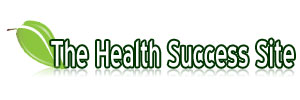
Subscribe to get your weekly "Health Success Magazine" with a new complete & comprehensive Health Report in every edition!

to “Your Health Success”
our weekly F’R’E’E’ Newsletter
If you would like a free no-obligation private consultation or to contact Warren Tattersall for more information, please click here >> Contact Us
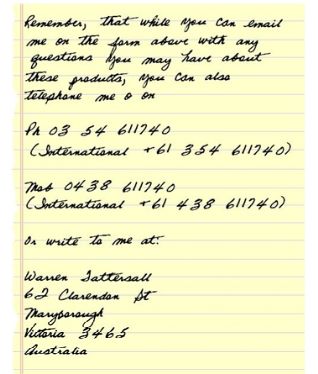
Click the books above to learn more about how we treat CFS naturally, to get your life back!
You will find many assorted Health Reports available for download free to you on this website!
Our free Health Success Reports are each available for you to download when you subscribe to receive them and their 7 part eCourse.
You can unsubscribe at any time, but we are sure you will want to receive all the email lessons of these informative ecourses.
Read more HERE to select the REPORT subjects of most interest (or concern) to you.






